34+ Sample Event Action Plan
-
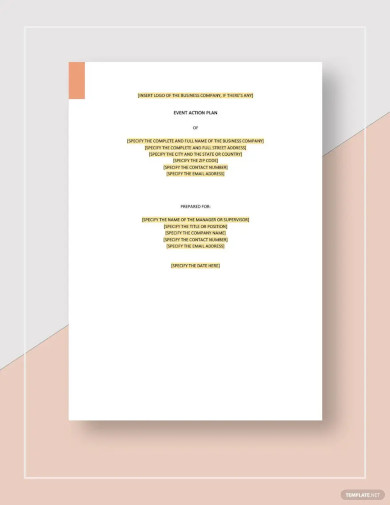
Event Action Plan Template
download now -

Risk Event Action Plan Template
download now -
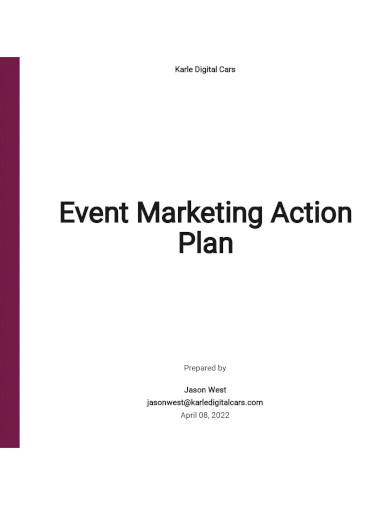
Event Marketing Action Plan Template
download now -

General Event Action Plan Template
download now -

Event Action Plan Template
download now -
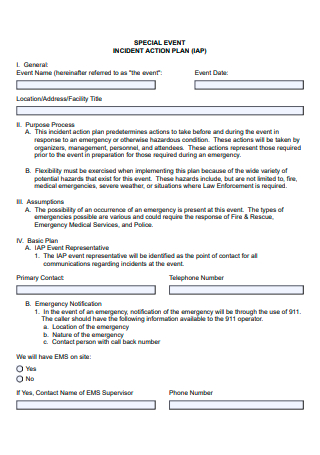
Catering Event Incident Action Plan
download now -
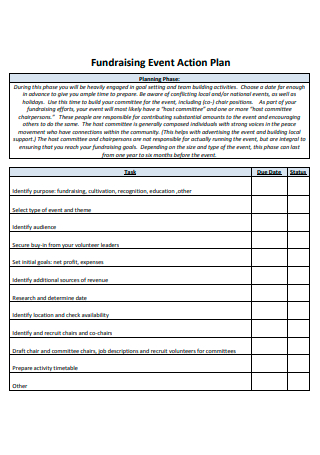
Fundraising Event Action Plan
download now -
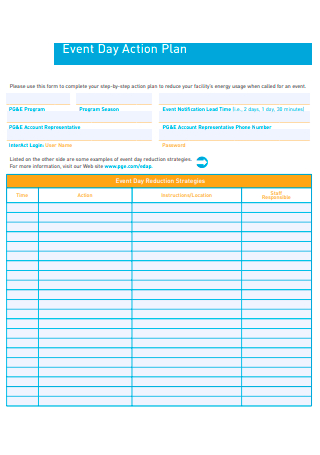
Event Day Action Plan
download now -
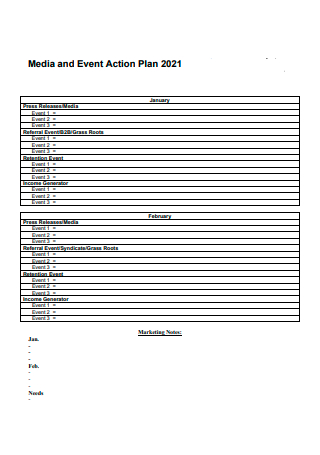
General Media and Event Action Plan
download now -
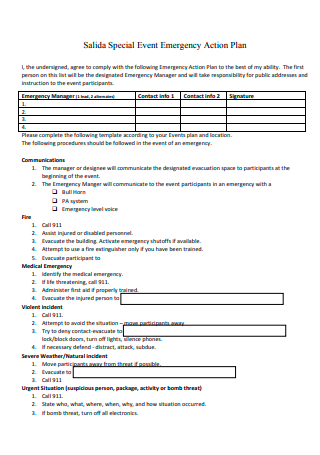
Special Event Emergency Detailed Action Plan
download now -

Special Event Security Charity Action Plan
download now -
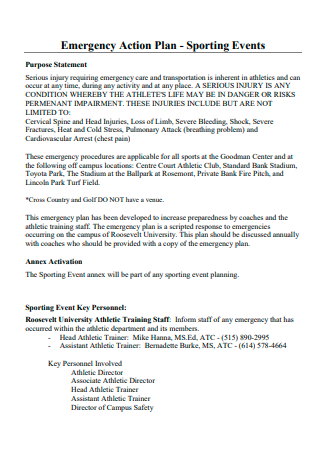
Sporting Personal Event Emergency Action Plan
download now -
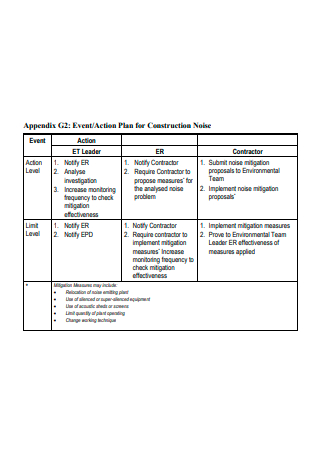
Event Management Construction Action Plan
download now -
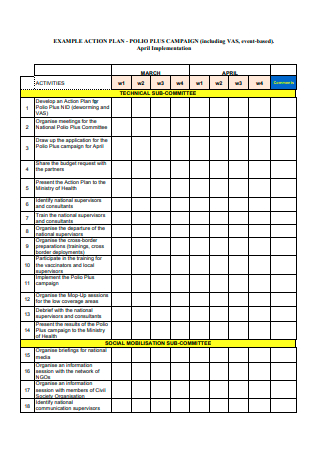
Simple Event Action Plan Example
download now -
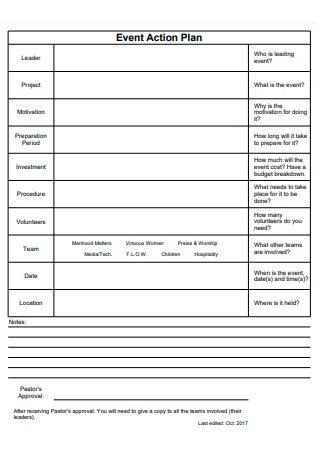
Basic Birthday Party Event Action Plan
download now -
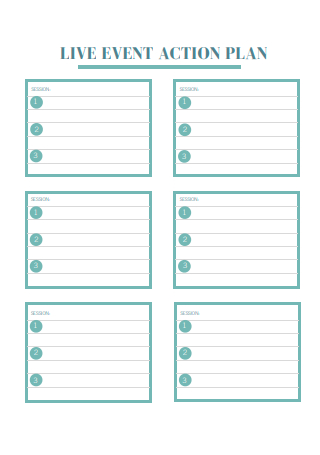
Live Event Activity Action Plan
download now -
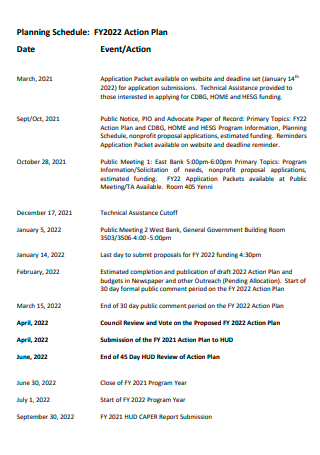
Event Action Implementation Plan in PDF
download now -
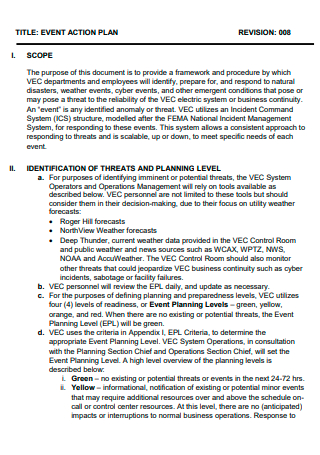
Printable Event Production Action Plan
download now -
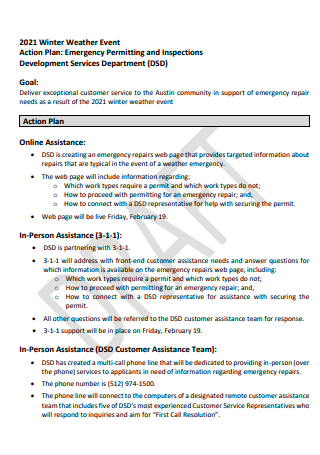
Project Event Action Plan
download now -
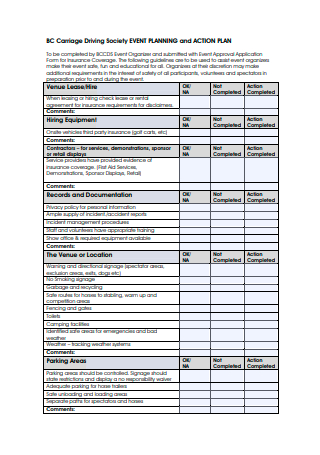
Society Event Time Action Plan
download now -
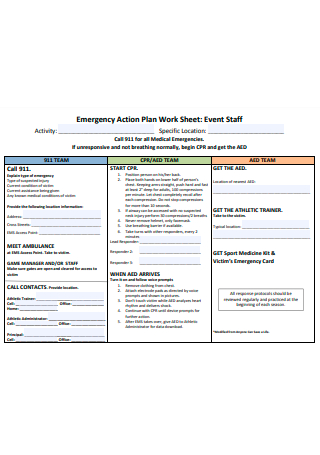
Event Volunteer Staff Emergency Action Plan
download now -
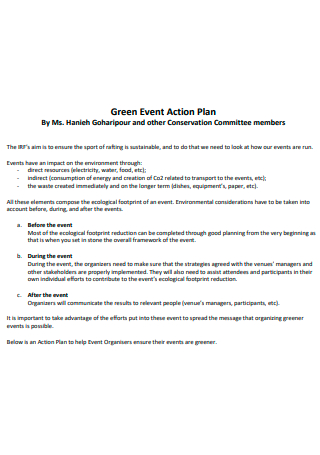
Green Event Budget Action Plan
download now -
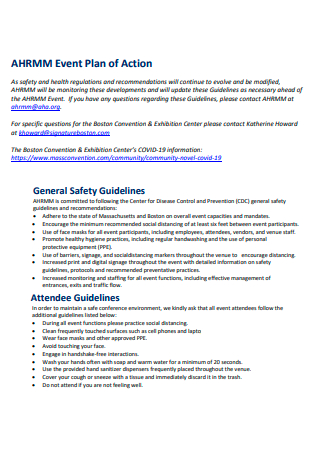
Standard Event Action Plan
download now -
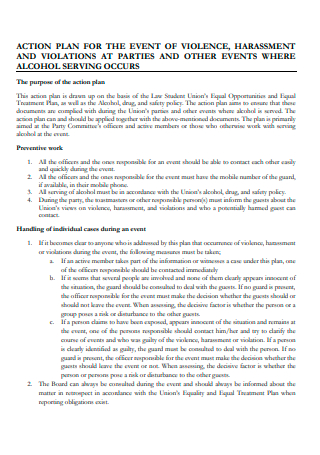
Event Swot Analysis Action Plan
download now -
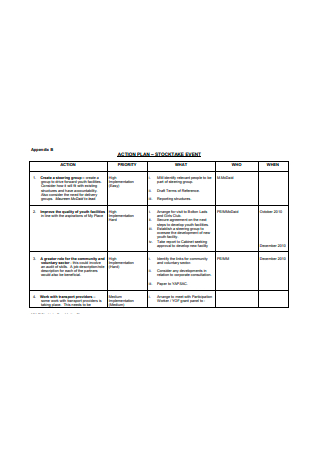
Stock Take Event Action Plan
download now -
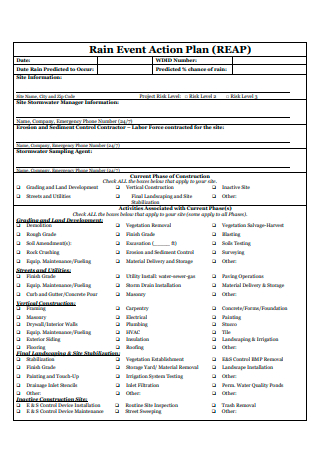
Rain Event Action Plan
download now -
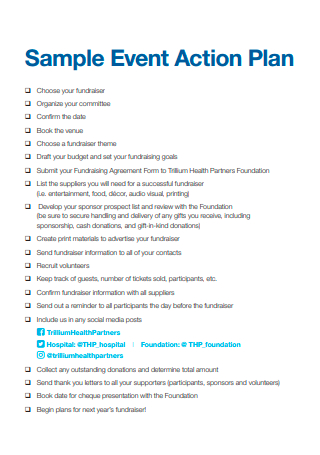
Sample Event Action Plan
download now -
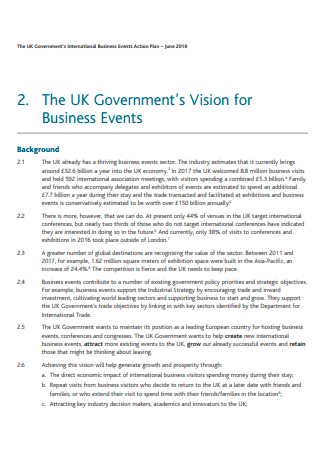
Business Event Action Plan
download now -
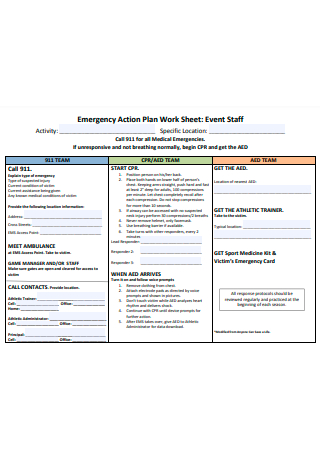
Event Staff Emergency Action Plan Worksheet
download now -

Unforeseen Event Action Plan
download now -

COVID-19 Event Action Plan
download now -

Road Race Special Event Action Plan
download now -
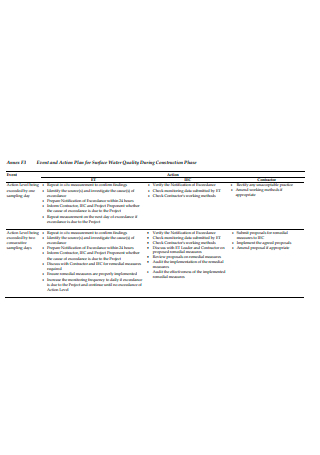
Surface Water Quality Event Action Plan
download now -
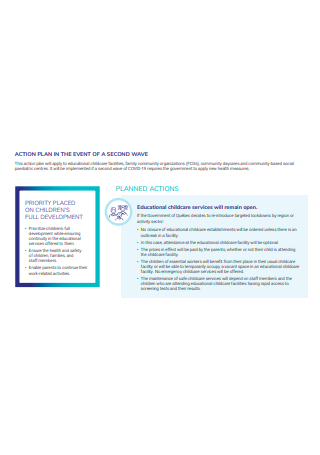
Event of Second Wave Action Plan
download now -
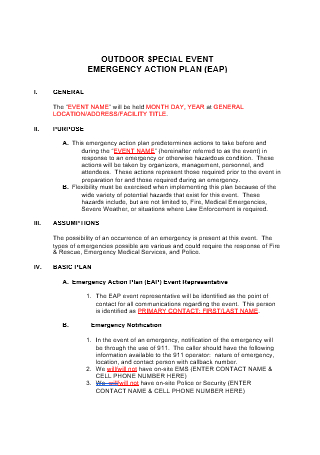
Outdoor Special Event Emergency Action Plan
download now
What Is an Event Action Plan?
An event action plan is a document that contains issues such as safety during events in a particular organization, the location of the event, and other pertinent information. It’s a standard tool used by contractors, event organizers, and emergency responders to spell out the event’s smart goals, outcomes, development, and safety. Because these documents should be produced in great detail, it is recommended that you utilize a template to ensure that the final product is clear and concise. This is a little more complicated, but if you can figure out what’s ideal for the project, everything will go well. If you don’t have a strategy, you run the danger of chaos, disarray, and failure to satisfy the event’s standard standards and objectives.
To be victorious, you must be able to follow a specific structure. Instead of wasting time pondering what you need to do next, consider following these steps to help you with your planning. Research shows that the demand for event planners is predicted to grow as globalization accelerates and businesses and groups understand the value of adequately managed meetings, conferences, and events. Despite the rise of electronic communication modes, the face-to-face connection is an essential component of professional networking and collaboration. Indeed, these alternate modes of communication have brought together individuals and groups that would not have collaborated earlier. According to data, the United States currently has an estimated 116,700 event planners. Between 2016 and 2026, the event planner job market is predicted to rise by 10.9%.
Elements of an Event Action Plan
Any event requires a well-thought-out plan and a process to accomplish your organization’s objectives. Hosting an event is a tiresome task, and achieving your event’s objectives is much more difficult. Here are eight critical factors of event planning that, when followed, will ensure the success of your event.
How To Create an Event Planning Proposal
According to statistics, the event management plans business will grow by 44% and create over 30,000 employment over the next five years. This is excellent news for all planners since it indicates that demand for your expertise and services increases. As an event planner, it is more critical than ever to understand how to create an event planning proposal to get clients’ attention-seeking competent and professional event planners. A strong proposal will help you stay ahead of 95% of your competitors. Acquiring this expertise can significantly aid in the growth of your organization. If you’re interested in establishing one, here are some steps to take.
Step 1: Compile a List of the Client’s Requirements
You can summarize your client’s requirements in the event description’s title. It provides a summary of all client requirements as well as the customer’s event objectives. When a client immediately sees this information, it reassures them that you understand their needs. If you have any photographs of similar events that you’ve organized that accomplish the objectives of this customer, you can put them in the proposal’s portfolio part. In general, the description reiterates what the customer informed you about the event, but in a more professional and ordered manner.
This demonstrates that you have a thorough understanding of what they are searching for. Also, it would help if you gained suggestions that are more beneficial than what the client requested. You don’t want to destroy them, but you can explore additional options that you believe the customer would enjoy and are within her budget. Additionally, you can include photographs of the venue locations to show the client exactly what they are getting and increase your chances of being hired, as most of your competitors are likely to deliver dull non-custom word documents.
Step 2: Summarize Your Event Planning Experience
When creating an event planning proposal, it is critical to include a quick summary of yourself or your firm. It informs the client about who you are and how long you’ve been in business. If your client must obtain approval from their employer before hiring you, this is valuable information for the decision-maker to know. Include your capabilities, a brief description of your expertise as an event planner, and examples of previous client work on which you excelled. If you lack event planning expertise, you can include any internships, volunteer contracts, coordination, or project management plans experience in another sector. We have seen many event planners with less experience get large clients with an incredible client proposal, so do not be intimidated by a lack of professional expertise. Ensure to include any other relevant experience or training if you do not have any hands-on experience.
Step 3: Provided Services
Following the information provided above, the client will inquire about the services you can provide at the event. Suppose the event is enormous and has numerous activities, such as a wedding, formal presentation, or dinner party. In that case, it is appropriate to have titles for each function and then explain what you can do. For instance, “luncheon” or “cocktail party” and then describe the duties you will execute to make it extraordinary, such as employing personnel, ordering and serving food, and setting up the tables. If the event is essential, such as a groom’s dinner or baby shower, you may want to consider drafting a bullet point list of your responsibilities, as well as the vendor and location you will use. You can provide images of a previous similar event to assist the client in visualizing what you can deliver.
Step 4: Budget
Naturally, all clients will examine any event planning proposal to determine the cost of holding the event of their choice. After describing the event so that a client can taste, smell, and see how incredible it will be, include a section summarizing in full all of the costs or each item and their function in the event. For instance, a client may be unfamiliar with the purpose of a Sterno, so be sure to clarify it in the proposal. Calculate all costs in detail at the bottom of the document. Additionally, it can provide perceived discounts such as early booking discounts or discounts for several appointments simultaneously. Statistics show that 80% of Americans stated they have a monthly budget. This is the fourth year in a row that we have performed this study, and the most extensive number of respondents have indicated that they are budgeting.
Step 5: Incorporate a Timeline
Clients are concerned with timeliness; relieve this issue in advance by offering an estimated schedule for your task. How long in advance you will begin working and any associated milestones. When discussing this with the client, the primary element to emphasize is that you have taken care of everything, and they will not have to worry. A large part of why clients employ event planners is to have the peace of mind that a professional is in charge and will ensure everything runs well. A timeline can assist in alleviating any concerns, which is why it is critical to have one.
Step 6: Offered Services
This section should outline the event in one to three sentences and then break it into sub-headings for each section you will cover. For instance, your consultation and planning sections should have sub-headings. If you prefer to place a deposit on your party, consulting services are given at no additional expense to you. Then you can include sections for catering, decorations and setup, event theme, open bar, music and entertainment, registration, and event break-down and clean-up. Each sub-headings should have a couple of phrases describing what can occur and an estimated cost for each item. Each item’s price should equal the entire amount you’ll charge the client. If you mark up the vendors, be sure to add that amount; if you pass the cost through unchanged, you can omit that amount.
FAQs
What factors contribute to the success of an event?
It’s often said that adequate planning is the key to success in any endeavor. So, if you’re wondering how to make an event effective, start by making sure it’s methodically, comprehensively, and precisely organized. And it necessitates getting things moving ahead of time.
What exactly is a single-use plan?
Single-use plans are also referred to as specific plans,’ as they are designed to address a particular issue. These plans are created to address a one-of-a-kind and non-repetitive issue. Such one-time-use strategies cannot be reused since they become obsolete after their purpose is accomplished. A single-use strategy is also created to handle a unique organizational circumstance. Typically, such a plan is utilized once because the situation to which it applies does not repeat. The action or objective determines the duration or lifetime of a single-use project it is created.
What are the stewards’ responsibilities?
A steward assists in maintaining a restaurant, bar, or lounge’s cleanliness and sanitation, assists in dishwashing and attends to guests’ requirements. Additionally, the steward may do administrative duties such as answering phones, taking reservations, and dispensing basic information.
Now you have an excellent formula to assist you in planning an event. The principles in this post will help you stay organized and focused on making the most of your event. Bear in mind that event planning requires a certain amount of flexibility. You can refer to the article’s event action plan samples and templates if you’re looking for other examples.
